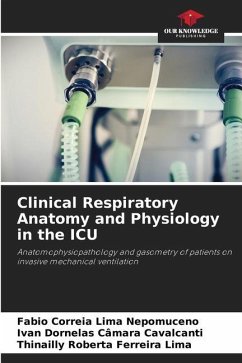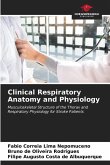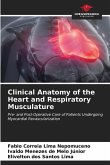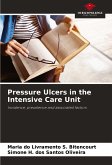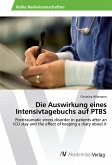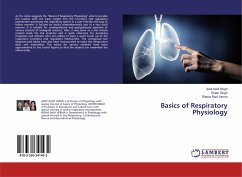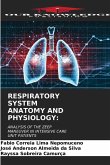Breathing is a physiological process that is fundamental to life. The respiratory system can be likened to a vital pump allowing the exchange of gases between the cells of an organism and the external environment. A number of phases make up the respiratory process, such as ventilation and circulation. Ventilation consists of the movement of gases in and out of the lungs and circulation carries out the transportation of these gases to the tissues. Invasive mechanical ventilation is a therapeutic procedure that temporarily aids respiratory function, either partially or completely. When successful, it results in alveolar ventilation, gas exchange and an acceptable acid-base balance. However, we know that inappropriate use of tidal volumes can lead to changes in lung function and gasometric values. In view of this, the aim of this study was to assess the anatomy and pathophysiology of patients admitted to the intensive care unit (ICU), as well as to identify the most common gasometric disorders in a hospital ICU.
Bitte wählen Sie Ihr Anliegen aus.
Rechnungen
Retourenschein anfordern
Bestellstatus
Storno

